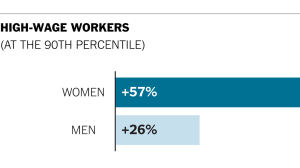In recent years, economists and policy makers have started to measure happiness (“subjective wellbeing”) and design policies to maximize it. In a paper for Vox, researchers point out that happiness isn’t the same thing as utility or welfare. This means that a government’s attempts to maximize happiness may work to undermine social welfare.
In a series of novel experiments and surveys, Benjamin et al. (2011, 2012, 2013) conduct surveys about actual or hypothetical choices people make and measure the expected happiness associated with each choice. They find that actual choices and happiness-maximising choices are positively correlated. But they are not identical. Respondents are prepared to sacrifice happiness in furtherance of another objective, such as a higher income (Benjamin et al. 2011).
The researchers conducted their own research into choices people make about where to move and confirmed the basic finding: people are willing to move to unhappy places if there is an economic incentive to do so. This means that happiness is only one variable that people are trying to maximize in their lives. They have other goals. Income might be one but, as the researchers note, other ideals like “freedom, nobility, and self-respect” might also play a role.
This isn’t just academic. It’s actually another stern lesson about the limits of centralized planning to improve our lives. Underlying this entire discussion is one simple fact: no one actually knows what human beings are trying to maximize. The concept of “social welfare” is undefined, and so efforts to use policy to maximize it are suspect, at best. A better aim is probably to try and maximize freedom so that people will be best able to maximize their own welfare as they choose to define it, rather than relying on some universal definition being imposed society-wide.





